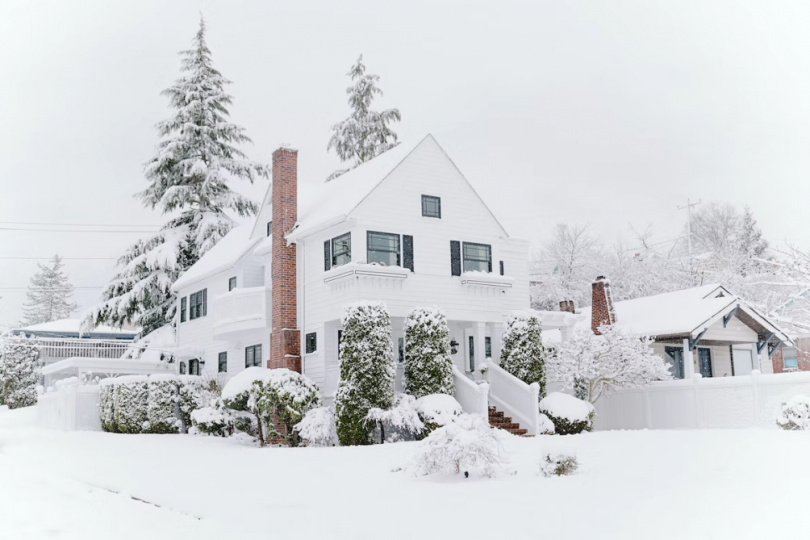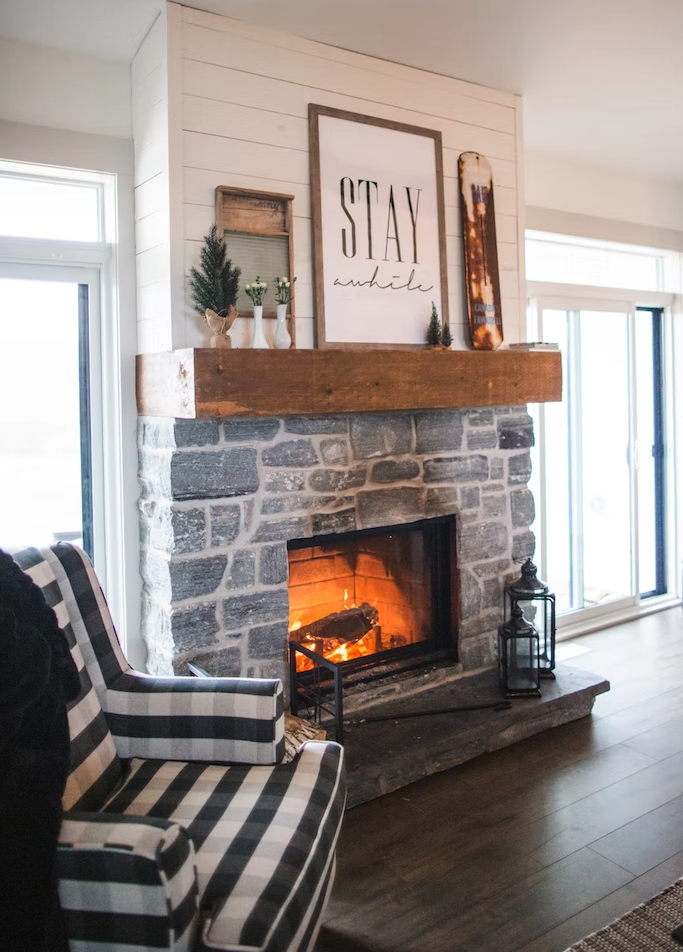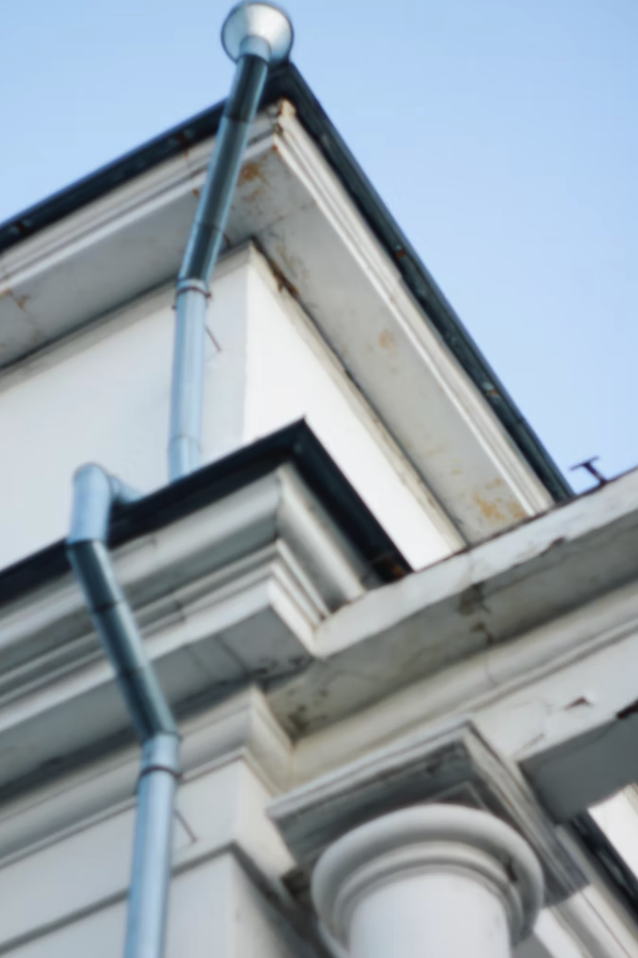Your family, house, and property must stay safe throughout the lower temperatures, harsher weather, and other seasonal changes. Lack of maintenance on typical household items, including roofs, pipes, and HVAC systems, can result in accidents and unfavorable outcomes.
It will help if you put some time and effort into winterizing your home to protect it in the best way possible. Winterizing entails a few specific activities below to prepare your home for the upcoming bitterly cold winter.
Get ready with a heating system
The significance of heating appliances is crucial since they keep your house warm during the winter. Get your room heater replaced or repaired in advance if necessary. Remember to evaluate the quality of the heating system you’re looking at and go for the one that needs the least amount of upkeep.
Energy-saving programmable thermostats are a terrific method to keep a house comfortable. However, if you still need a set program for the winter, you should do so immediately.
Check your doors and windows
Sealing windows and doors is the best way to winterize your house. First, ensure your doors and windows have no gaps to let the brisk winter winds enter the house. Also, always examine your windows and doors to see if they require any repairs. At the same time, you can also repaint your windows to fill in the gaps around the window and door moldings.
You can lose the warmth of your home if your door wiggles or doesn’t close securely. To close the space between the door and the floor, doors can be equipped with metal or rubber door sweeps.
Roof security is a must
A tree service before winter can remove any dangerous branches around your house, driveway, and yard if you trim overhanging branches away from your roof.
Checking your roof tiles is a wise idea both before winter arrives and at least once while it lasts. Ice damage to the tiles and rook leaks can result in costly and significant damage. In addition, you can opt for a roof snow guard, a great way to safeguard your roof from snow.
Safeguard the pipelines
Since pipe breaches can result in expensive damage and repairs, frozen pipes are the most common victim of cold weather. Insulating pipes in crawl spaces and basements are a simple way to help stop this. Moreover, you can open cabinet doors to let warm air circulate your pipes if the temperature falls below freezing. Also, let your faucet drip just a little to keep water flowing.
Clear storm drains and gutters
Check if any leaves or debris are blocking your gutters or drains. Cleaning your gutters will help prevent ice dam accumulation, cracked gutters, and snowmelt leaks into your basement.
Get a carbon monoxide detector installed
Keep your family warm while protecting them. Although furnaces and other heat sources are necessary, they may leak carbon monoxide if not ventilated properly. You can install these detectors on every floor to warn you of potential issues.
Prepare your snow-fighting tools
Make sure to go out and purchase the equipment you’ll need as soon as you can before winter arrives since you want to avoid being snowed in and in need of a snowblower, ice melt, or a snow plow.
Spend money on quality tools to clear your driveway. Purchasing quality tools will guarantee you will find yourself comfortable when you need to utilize them. Moreover, look for something easy to handle and safe for your property, including your concrete driveway.
Remember to be secure
Remember to lock the doors, including the garage door and the door from the garage to the house. Burglars search for simple entry points through the garage and windows during the holiday season.
Outdoor furniture and equipment
Any outside furniture should be brought inside or put in storage. Any furniture that cannot be moved should be covered with a tarp and fastened with cords. Next, roll your grill inside, or at the very least, put the propane tank someplace warm.
Combat germs
Winter is also cold and flu season. Ensure everyone in your home practices proper hygiene; frequent hand washing can help avoid most viruses.
Equipment for surviving in cold climates
Check the batteries in your flashlights and other non-electric lighting in case of a winter storm that could cause a power outage. Also, make sure you have a three-day supply of non-perishable food. Finally, restock your first aid kit as necessary.
Don’t forget your cars, pets, and plants
Make sure your car has around half a tank of gas. It lowers the possibility of ice building up in your fuel lines. In addition, it is a safety measure if the weather prevents you from reaching your neighborhood gas station.
Plants can suffer significantly from the cold. Bring your potted plants indoors if you can during these chilly temperatures.
Dogs and cats can develop frostbite and hypothermia just like people can. So to keep them warm, comfortable, and secure, bring them inside.








